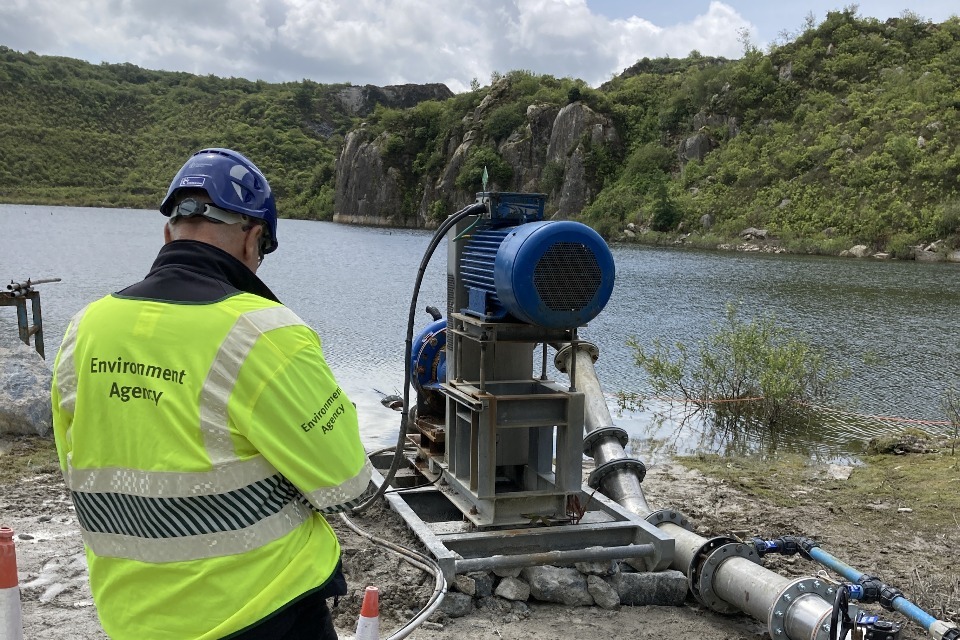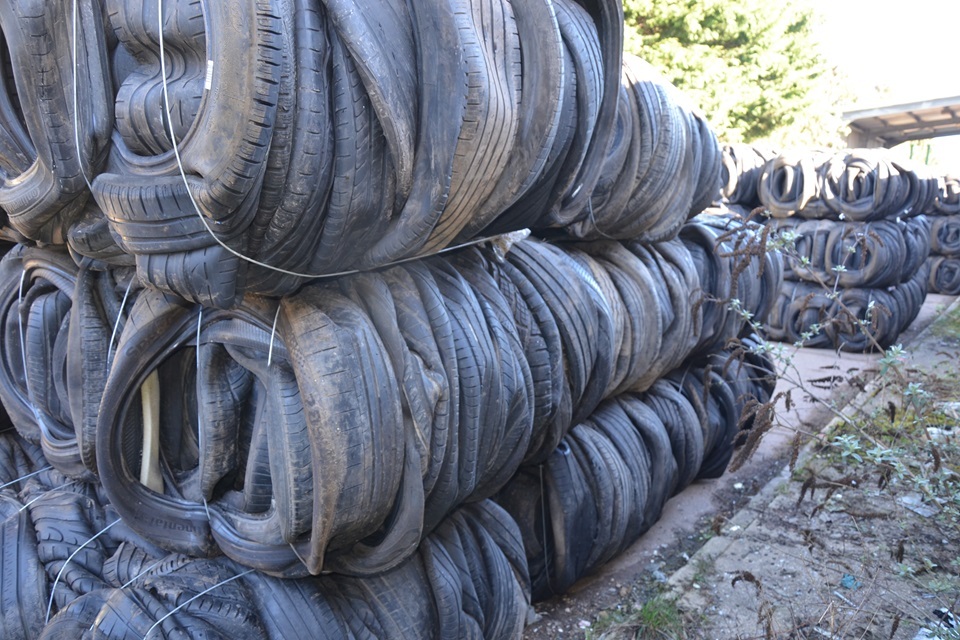What's On
Crayfish plague, which is normally spread by invasive American signal…
Going Out
Plans to expand the size of London Luton Airportwhich would…
Reviews
Celebrate Easter weekend on stage with unlimited brunch offerings and…
Latest Articles
The best photography gifts” datanexthead/>Simon specialises in testing the latest smart gadgets, home entertainment gear, headphones, speakers, portable…
The British High Commission is proud to announce winners for the fourth annual Ambassador for a Day (AfD)…
Good afternoon everyone, I’m sorry I can’t join you in person, but I am delighted to join my…
In response to increased findings of highly pathogenic avian influenza (’bird flu’) in wild birds and new cases…
British High Commissioner to Solomon Islands and Non-Resident Commissioner to the Republic of Nauru, His Excellency Paul Robert…
Devon and Cornwall’s biggest water users are creating amazing sources of water which benefit the environment and business. …
Thank you, Mister Chair. It is now a full 22 days since Ukraine expressed its readiness to accept…
The SFO today published its plan for the year ahead focusing on using new tools, enhancing its intelligence…
In Spotlight
Mr President, I have the honour to present draft resolution…




































